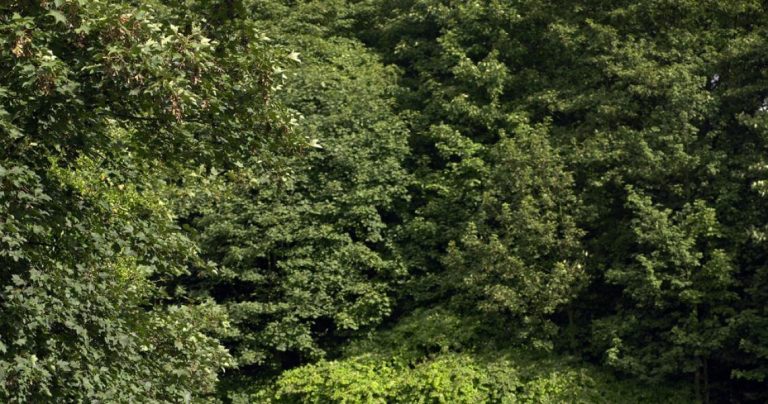
Blog
What does it look like?
Author: Mike Clough
Date Posted: Thursday 23rd April 2015

0161 723 2000
8AM to 5PM

Author: Mike Clough
Date Posted: Thursday 23rd April 2015

There are inevitably major differences in the habit and appearance of plants in their native and non-native situations, and Japanese Knotweed is no exception.
The first point of contrast is the relative abundance of the dwarf mountain growing varieties in Japan. In the West – although occasionally appearing as a garden plant Fallopia japonica var compacta is very rarely found as a naturalised plant. The only sizeable naturalised stands are at Connel Ferry and North Ledaig in Scotland – whereas in Japan it is found on most of the volcanic mountains.
There are a variety of reasons why this particular variety has colonised the volcanic lava fields;
The plants produce copious amounts of seed – which regularly germinate
The plants grow as discrete circular stands with little evidence of lateral spread
The rhizomes when exposed – appear to grow straight down rather than laterally
This adaption helps – since lateral rhizomes near the surface would be destroyed by new deposits of hot ash or lava. Rhizomes growing deeply can protect and save the plants reserves providing the resource to grow through any new layer of lava/ash that is deposited. At the summit of Mt Aso – the only plant growing was Fallopia japonica var compacta – and on the pumice fields of Mt Fuiji it was the major coloniser.
In Britain and Northern Europe Fallopia japonica is the dominant feature of the ecosystems which it occupies. Growth is typically clonal and vegetative spread – aided by human activities – can lead to the formation of very extensive colonies up to 3 metres in height.
These huge colonies remain untouched by the local invertebrate predators and towering above the native vegetation. Flowering is in late autumn and usually very profuse, and followed in the absence of an early frost by a heavy seed set in areas within pollination distance of F.baldschuanica or a male fertile F x bohemica or F. sachalinensis. The main habitats are ruderal or waterside locations, the latter allowing the down-stream spread of vegetative propagules, usually rhizome fragments – but cut stems may also regenerate.
Mike C